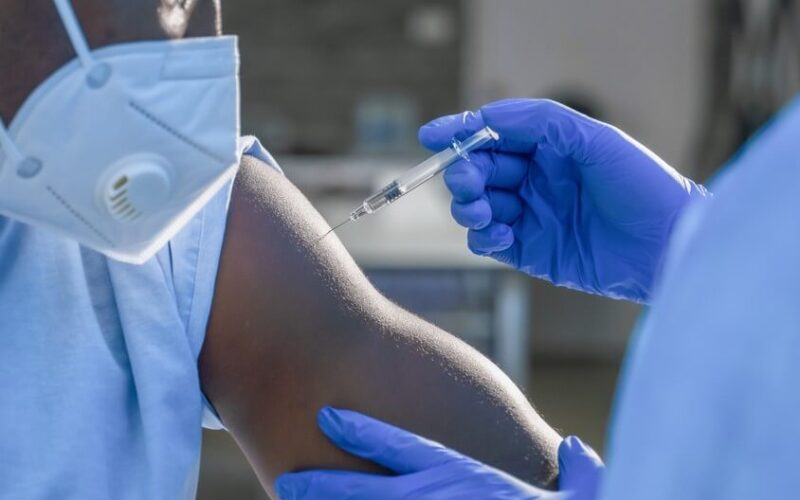The European Union Aviation Safety Agency (EASA) recommended airline crew take up to 72 hours-long break after getting vaccinated against the COVID-19 virus before returning to duty.
The EASA released a Safety Information Bulletin with operational recommendations over the vaccination process of aircrew. According to the document, due to their increased exposure, EASA highly recommends for aircrew members to receive the COVID-19 vaccine as soon as it is possible in accordance with the national vaccine roll-out plan. The authority also announced that after each dose of the vaccine, each aircrew member should wait for 48 hours before engaging in any flight-related duty.
“This interval could be extended to 72 hours for aircrew members performing single crew operations,” written in the EASA document.
“Aircrew members are advised to consult with their AME [aeromedical examiner –ed.] in case of side effects persisting for more than 48 hours following the vaccination and, in consultation with the AME, extend the waiting period until the time when the side effects completely disappear. […] Aircrew members are reminded to give proper consideration to the requirements of MED.A.020-Decrease in medical fitness and the corresponding GM1 MED.A.020,” EASA stated.
In February 2021, the United States Federal Aviation Administration (FAA) released guidance regarding restrictions for the aircrew who hold the FAA-issued airmen medical certificates or medical clearances and have received the COVID-19 vaccination. According to the US authority, 48 hours after receiving each dose of the Pfizer-BioNTech, Moderna, or Johnson & Johnson vaccines, the flight crew member “may not act as pilot in command, or in any other capacity as a required flight crew member”, the regulator said. The restrictions were issued after the Federal Air Surgeon evaluated the available medical information over these vaccines and potential side effects.
“In the event that an FAA medical certificate holder experiences side effects after the 48-hour period have elapsed, the medical certificate holder may not act as pilot in command, or in any other capacity as a required flight crew member as described at 14 CFR § 61.53(a) for the duration of the symptoms,” written in the FAA guidance.
However, the FAA guidance permits distance learning and allows the aircrew to provide or receive a flight simulator or aviation training device instruction, including ground instruction or operational training not involving flight operations. The FAA also allows to perform an office duty or administrative tasks as well as to be repositioned while dead-heading or jump-seating.

